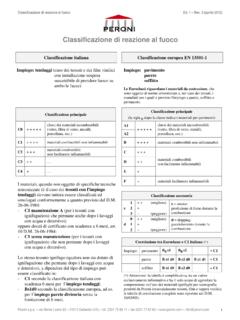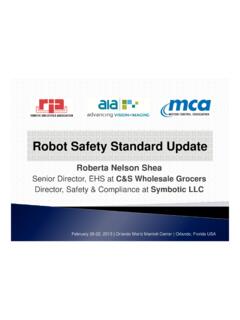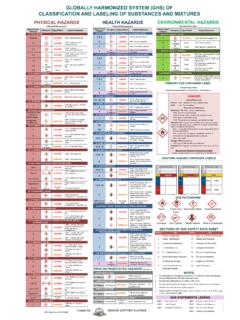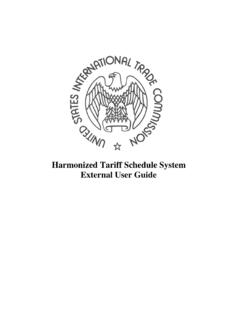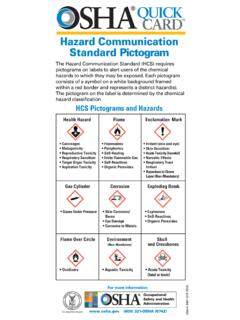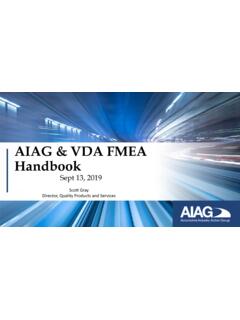Transcription of EUROPEAN STANDARD - PERONI
1 NOTE: the text above is a simplification of the current national and EUROPEAN standards . It exclusively has an informative value and it has the only purpose to facilitate the understanding on the use of flameproof materials for scenography produced by PERONI which is in no case responsible for the accuracy of the information and/or for a STANDARDE uropean STANDARD EN 13501-1 provides the reaction to fire classification procedure for all products and building to this STANDARD , reaction to fire is the response of a product in contributing by its own decomposition to a fire to which it is exposed, under specified conditions (not to be confused with the fire resistance).Products are considered in relation to their end use application are divided into three main categories: construction products; flooring; linear pipe thermal insulation products (not considered here).Construction products are classified according to harmonized test methods in Euroclasses A1, A2, B, C, D, E and classified in a given class are deemed to satisfy all the requirements of any lower classified in A1 and A2 classes are non-combustible (cement, concrete, minerals, glass, fiberglass, rock wool, ceramic, etc.)
2 , materials certified from B to F are combustible in ascending materials are classified according to the same classes A1, A2, B, C, D, E and F followed by the abbreviation fl classificationsAll the materials classified A2, B, C, D obtain an additional classification regarding the emission of smoke and the production of fla-ming droplets and/or s Smoke emission level: values range from 1 (absent/weak) to 3 (high)- d flaming Droplets and/or particles production: values range from 0 (absent) to 2 (high)For the E class is provided one single subclass flooring products is provided the additional classification s for smoke emission classLevel definitionsmoke emissionduring combustions1quantity/speed of emission absent or weak2quantity/speed of emission of average intensity3quantity/speed of emission of high intensityproduction offlaming droplets/particles during combusiontd0no dripping1slow dripping2high drippingClassification according to EUROPEAN STANDARD EN 13501-1 DefinitionConstruction productsFlooringsnon-combustile materialsA1A1flA2 - s1 d0A2 - s2 d0A2 - s3 d0A2 - s1 d1A2 - s2 d1A2 - s3 d1A2 - s1 d2A2 - s2 d2A2 - s3 d2A2fl - s1A2fl - s2combustible materials - very limited contribution to fireB - s1 d0B - s2 d0B - s3 d0B - s1 d1B - s2 d1B - s3 d1B - s1 d2B - s2 d2B - s3 d2 Bfl - s1 Bfl - s2combustible materials - limited contribution to fireC - s1 d0C - s2 d0C - s3 d0C - s1
3 D1C - s2 d1C - s3 d1C - s1 d2C - s2 d2C - s3 d2 Cfl - s1 Cfl - s1combustible materials - medium contribution to fireD - s1 d0D - s2 d0D - s3 d0D - s1 d1D - s2 d1D - s3 d1D - s1 d2D - s2 d2D - s3 d2 Dfl - s1 Dfl - s1combustible materials - highly contribution to fireEE - d2 Eflcombustible materials - easily flammableFFflrev. 02/2013
